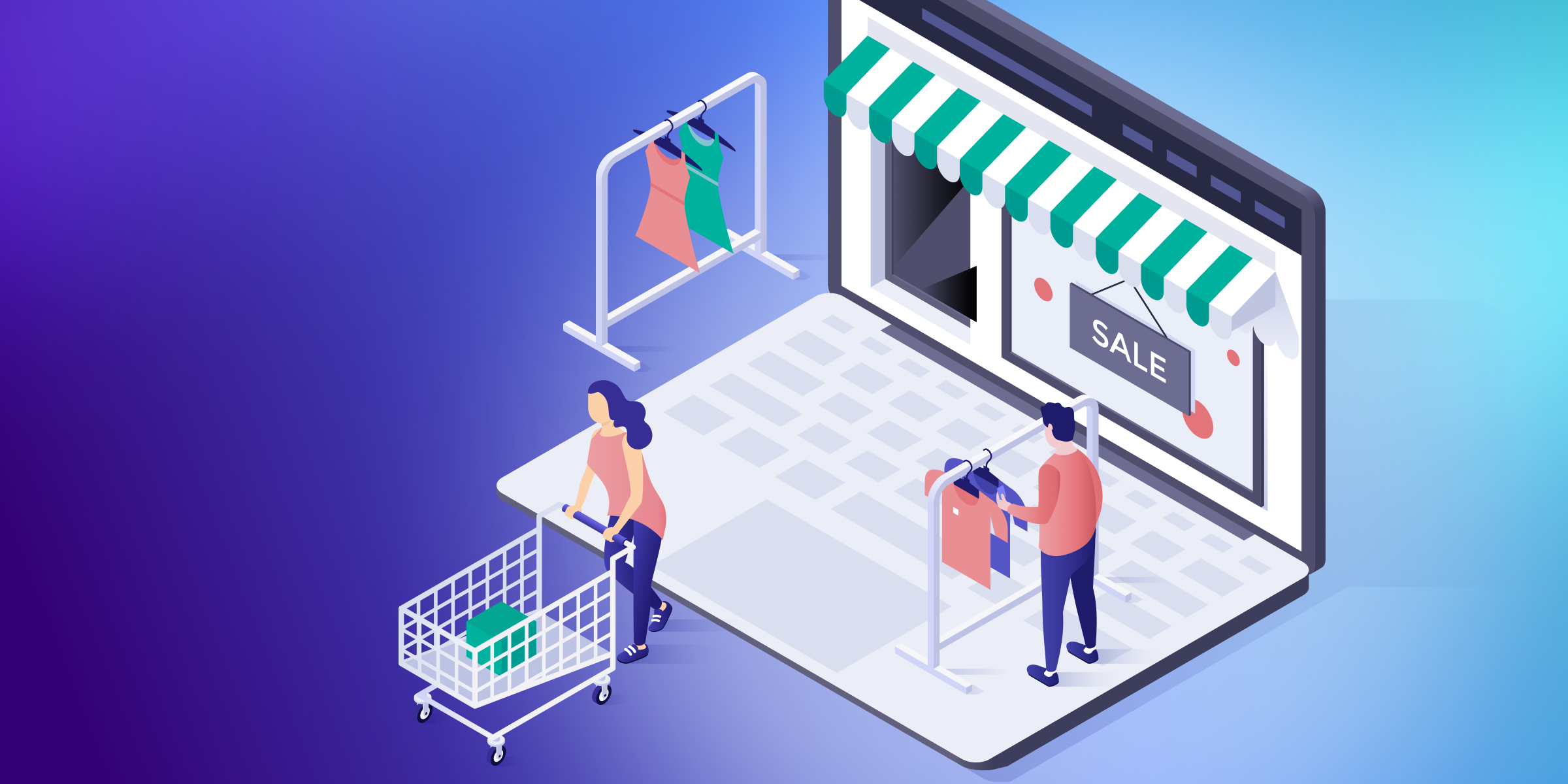With the line between online and offline shopping blurring, retailers are chasing the true omnichannel experience. Many leading retailers, including Macy's, Walmart, H&M, Liverpool, and Decathlon among others, have chosen to expand their offerings by launching their own marketplaces, adding thousands (sometimes millions) of third-party products to their online catalogues. What if there was a way for retailers to leverage their existing investment made into these marketplaces, all while creating a better experience for their customers?
Providing a true omnichannel experience
An in-store omnichannel platform can help retailers integrate their expanded online catalogues into their physical stores. By allowing customers to access the Endless Aisle of both in-store and online products via kiosks inside the store, or through their own devices via a Progressive Web App, retailers can significantly increase the amount of products available to the customer. Here are just a few scenarios made possible by deploying the Endless Aisle:
- Assisted Selling: Can enable in-store retailers to recommend products from their online marketplace, and furthermore, preventing lost sales due to stockouts. If a product is out of stock, the system suggests similar product alternatives, or even the same product sourced by a third party or the manufacturer directly. This guides customers throughout their path to purchase, ensuring they can find the items they want, all contributing towards a sales uplift.
- Click-and-Collect: By offering in-store pickup for marketplace products purchased online, this can serve as a powerful tool for upselling and cross-selling by driving customers to visit physical stores, where they may be interested in purchasing additional items.
- Self-Service Kiosks and Progressive Web App: Can help showcase the Endless Aisle to customers in-store. These tools allow customers to browse the full range of products, including those from the online marketplace, creating an interactive and engaging shopping experience that seamlessly blends the online and offline retail spaces.
Customer data conundrum
Integration of online marketplaces into physical stores isn't just about product diversity; it's also about leveraging customer data to make smarter recommendations.
These days, retailers are faced with a customer acquisition and retainment conundrum. With high acquisition costs and waning customer loyalty as shoppers look for the best deals in a difficult economic landscape, being able to gather and meaningfully utilise customer data could be a big bonus to retailers.
By integrating their own online marketplace into physical stores, retailers can gather more data about their shoppers’ in-store behaviour. This data can then be analysed to understand their preferences better, allowing retailers to serve them in a more personalised and effective way. Retailers can use customer purchase history from online marketplaces to make smarter product recommendations during customer store visits, and take data from in-store trips to re-market products via Remote Selling capabilities at a later point.
Making the most of your investment
Retailers can greatly improve the customer experience by integrating their online marketplaces with their physical stores via an in-store omnichannel platform, thereby creating a comprehensive omnichannel experience. From enticing customer sto enter the store via Click-and-Collect services, to granting them access to an extensive product range through the Endless Aisle concept, the possibilities afforded are vast.
If you’re a retailer who is curious to explore this, please get in touch to learn more.


